Paradox Museum London
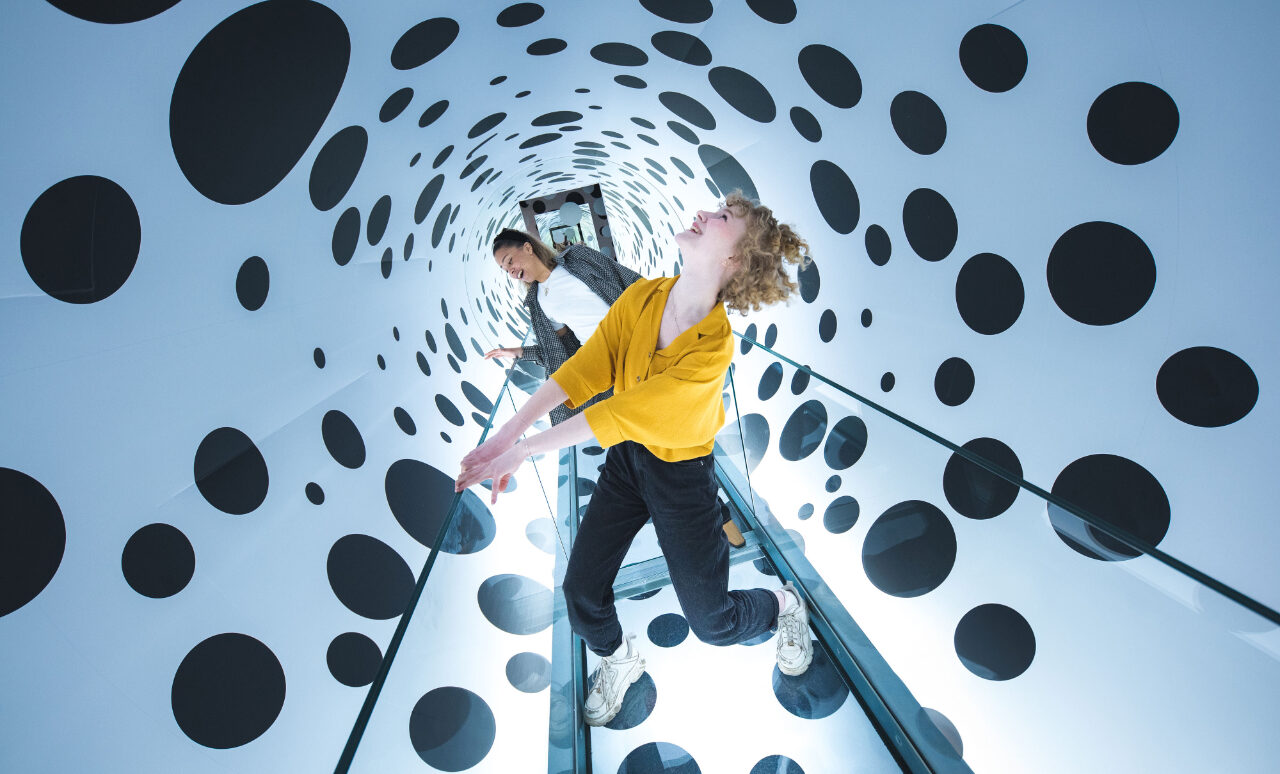
What is a paradox? The Cambridge Dictionary defines it as “a situation that seems impossible or is difficult to understand because it contains two opposite facts or characteristics”. Despite seeming unbelievable at first, an explanation is ultimately there for those who seek it. The Paradox Museum London put forward as many astonishing illusions and deceptive compositions as can be fitted in the new venue in Knightsbridge. The result is an exciting site, with lots of educational moments, fun activities and Instagram-worthy opportunities.
Miltos Kambourides and Sakis Tanimanidis are the Greek entrepreneurs and founders of the format, launched in 2022 in Oslo and ever since expanded in cities around the world, including Paris, Barcelona, Shanghai and Las Vegas, with more to come. The formula is, at first glance, straightforward, but, as the paradoxes exhibited here, it is deeply effective in creating special effects and captivating visitors with its interactive approach.
Two main paths open up on the right and the left of the entrance hall. Each corridor expands then into various corners exhibiting artefacts, such as the likes of the Shadow Sculpture by Teodosio, or The Impossible Triangle. For the majority of them, on the tag bearing a short instruction on how to engage with the item, there is an accompanying QR code, linking to a comprehensive description of how the experiment came to be and, when it’s the case, the historic route for its evolution. And that’s how we learn more about quantum physics through Bell’s Filter or jump in time with Aristotle’s Wheel.
Some areas may feel a bit familiar, like the Infinity Room, whereas others are adapted to the hosting country, for London, to British culture, such as the Beuchet Chair and the reverse tube tunnel. The playfulness of certain installations requires the support of friends and families for magic photo opportunities, with halving sofas and dual selfie mirrors. Perspective and proportions are quite key elements for the tricks to succeed, as seen in the gravity-bending space shuttle roulette. Very intriguing are the exhibits working on lights and speed, whether the poetic Butterflies or the hypnotic Water Paradox, the latter truly questioning human eyes’ agility and capacity to capture the phenomena in front of us.
The second corridor – the shorter one – focuses more on optical deceptions, starting with a kaleidoscopic tunnel. The Mirror Maze is a marvel of twists and turns slotted in a narrow spot, but gives the impression of an exceptionally large and wide area while reflecting the naive visitor’s image ad infinitum, with everything based on an extremely well-calculated geometrical layout. Just bear in mind, there’s a chance some attendees may experience slight dizziness on this side of the museum.
Midway through the journey, along one of the walls, a short history of paradoxes unrolls. Indeed, paradoxes simply are illusions, mind tricks and practical applications of scientific theories, nothing unresolvable with the exercise of study and reasoning. In some environments, they could be reduced to calculations on the board or bookish graphics; in others, they could have been cut short and made simpler into appealing photo backgrounds. In this museum, they all come together for accessible and thought-provoking entertainment.
Cristiana Ferrauti
Photos: Max Cisotti/Dave Benett
Paradox Museum London is open from 17th July 2024. For further information or to book visit the exhibition’s website here.

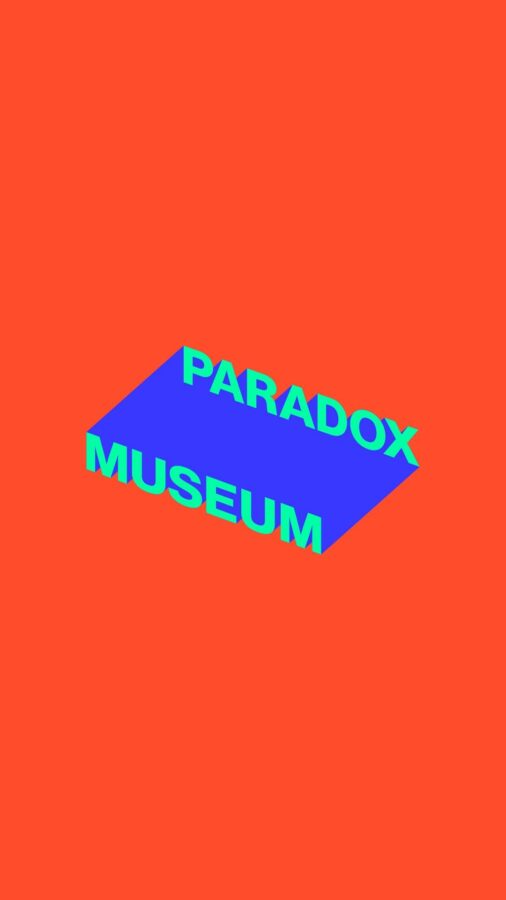
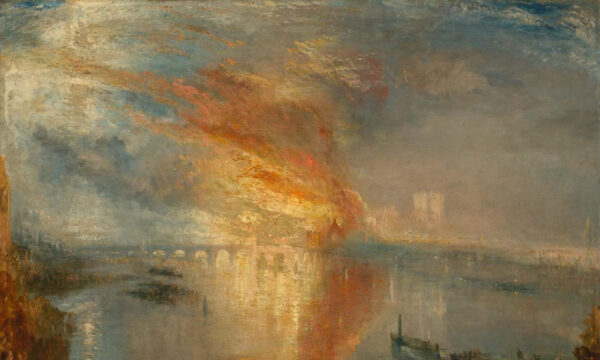
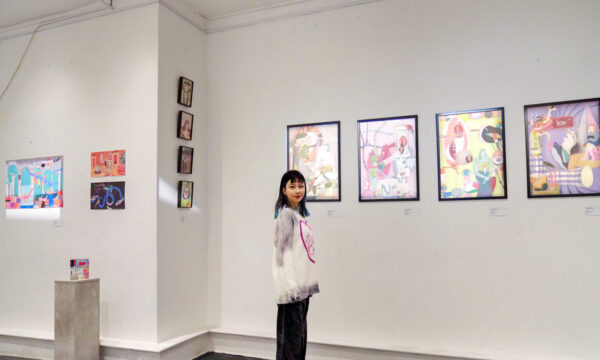
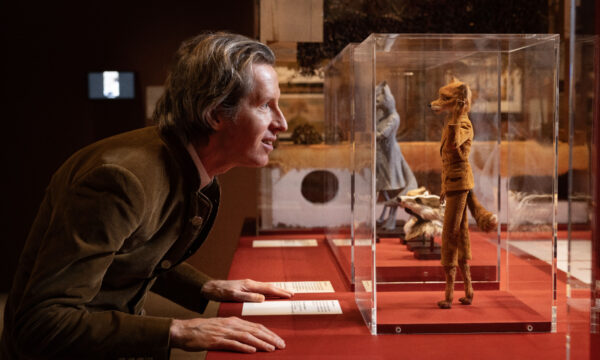
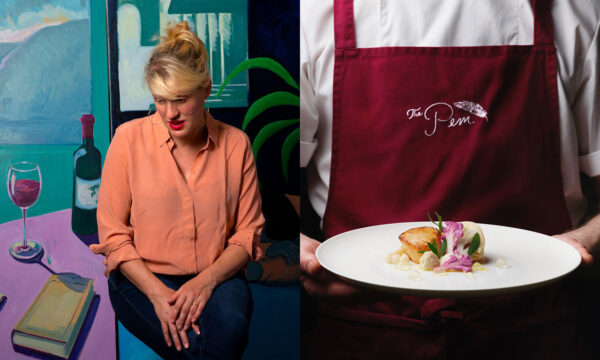
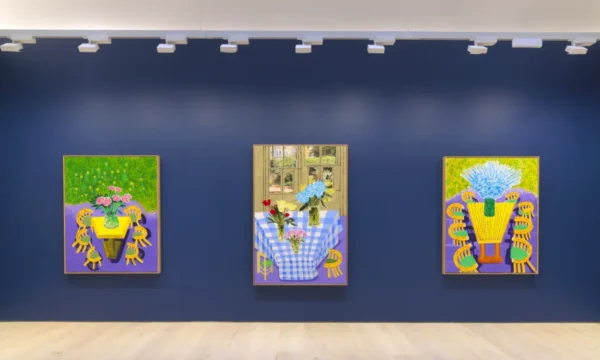
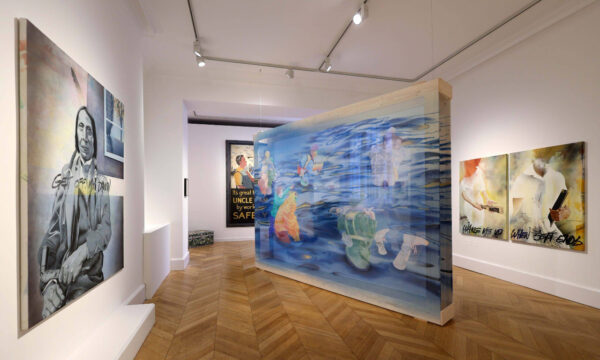
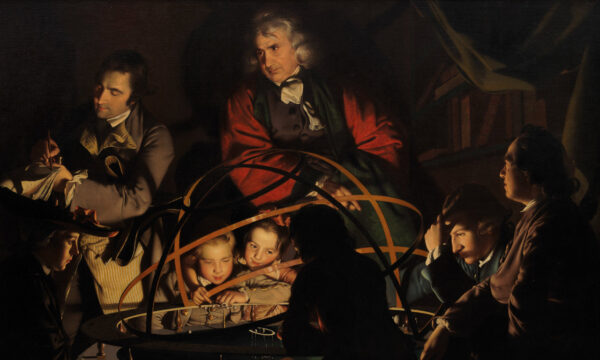
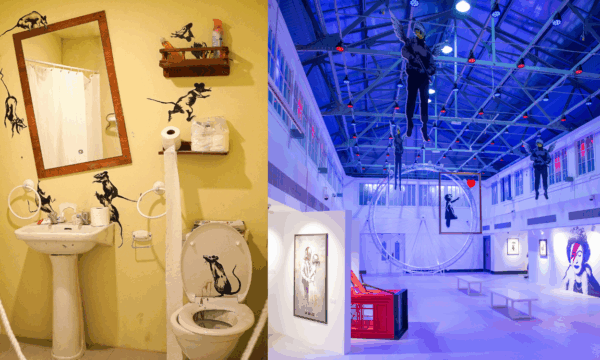
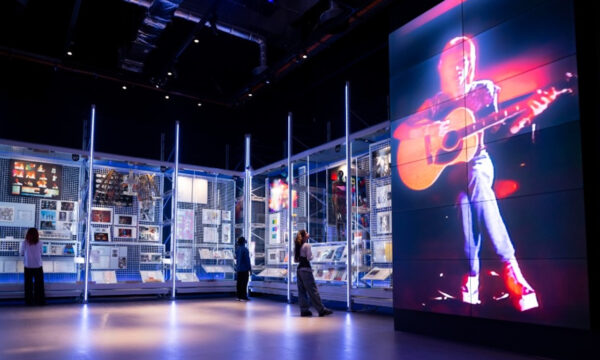
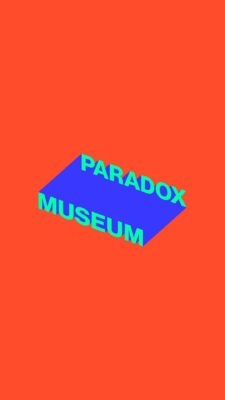
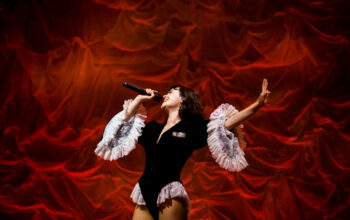
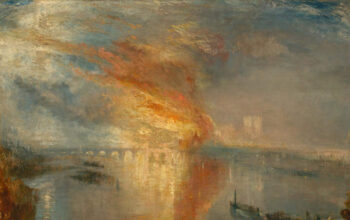
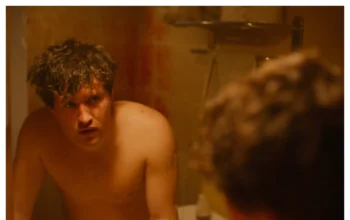






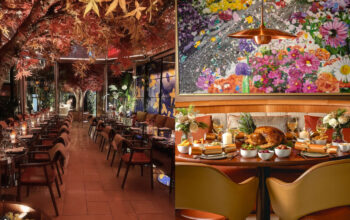

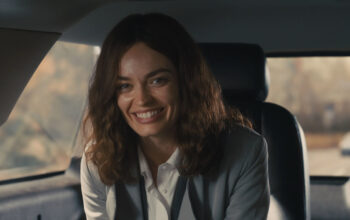



Facebook
Twitter
Instagram
YouTube
RSS